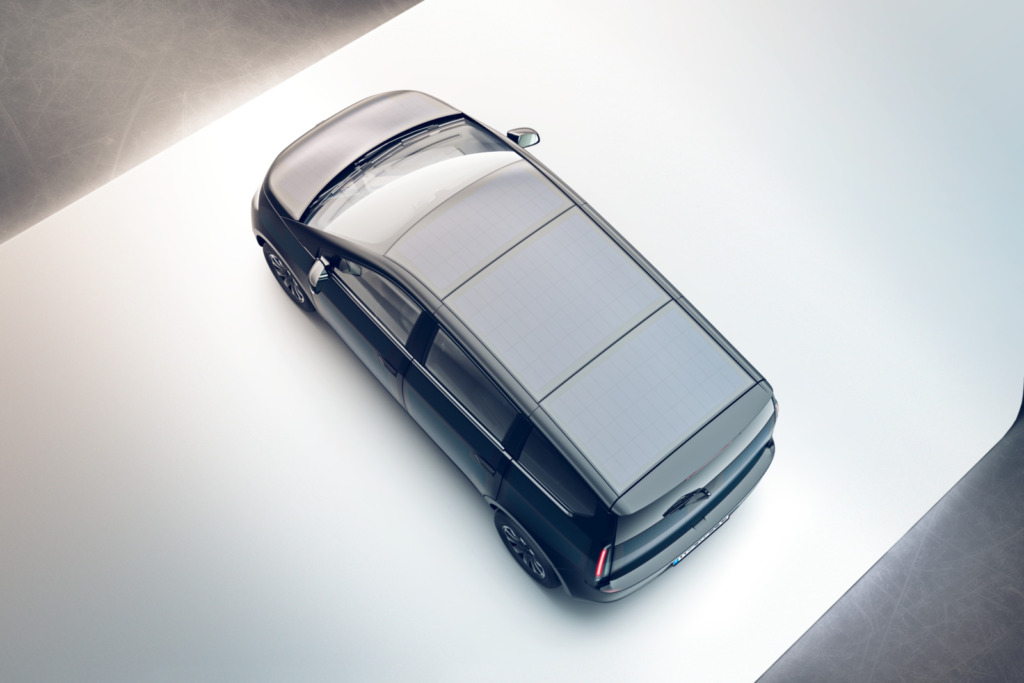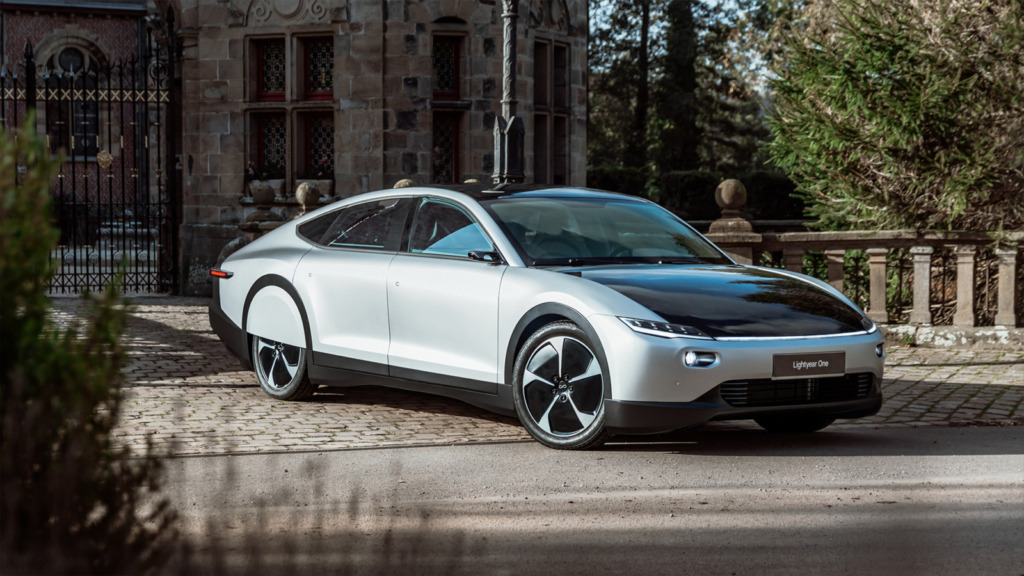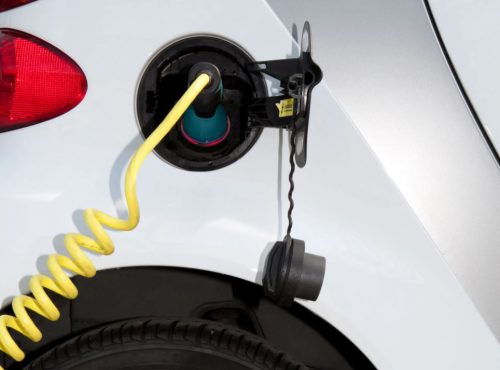Aptera, Lightyear and Sono all plan to release solar-assisted commercial EV’s over the next few years. These vehicles promise less frequent plug-in charging by using solar panels to charge their batteries.
So, if solar cars are soon set to hit the roads, why aren’t solar panels on the roof of all EVs?
These startups are using solar in conjunction with traditional plug-in EV charging. What that means is if you leave your car outside and it’s sunny, the solar panels will charge the battery of the car but if it’s cloudy or nighttime you can still plug it in. How much charge you get from those solar panels varies wildly on things like whether it’s shady or not or even what angle the sun is hitting those solar panels. Basically, it’s as changeable as the weather itself.
Dr. Bonna Newman, Senior Scientist on Photovoltaics (solar panels), TNO states:
“The performance of photovoltaics and solar modules has improved dramatically in the last few years. So, in the last decade, we’ve seen approximately about a 40% increase in the performance and the cost of those same solar components has basically been reduced by almost 70% in that same time period. So now we have very high efficiency, very low-cost solar components that are being produced globally”
There have been solar panels on EVs before, but the reduction in cost and gain in efficiency has led these startups to create vehicles that need to be plugged in a lot less frequently.
So, what are the cars? And how far could you drive one if you left it charging in an average day of sunlight?
First up is the $32,000 Sono Sion. Leave it outside for the day and the solar panels on the roof and sides will give you, on average, just under 10 miles of range. Charge it fully, and you can get around 190 miles from the battery.

Laurin Hahn, the Co-founder and CEO of Sono Motor says: “It’s affordable, it is meant for the mass market. It’s meant for families.”
Next is Lightyear’s Lightyear One. The five square meters of solar panels on the roof of this car will give you around 44 miles of range after an average day of sunbathing with a maximum battery range of over 450 miles. But all that range comes at a cost. Around $175,000.

“The best proportions for a solar car are that the car’s long, wide and low; because low and long for aerodynamics, and wide for the solar panel. And that makes for luxury car aesthetics. So that’s great.” says Lex Hoefsloot, Co-Founder and CEO of Lightyear
And then there’s Aptera’s vehicle, also called the Aptera. $26,000 gives you three wheels and two seats but also gives you up to 40 miles of range from a day in the sun. And the company says you can upgrade the battery to give Aptera a whopping 1,000 miles of range.
The Co- Founder and CEO of Aptera, Chris Anthony says:
“We have over 16,000 orders for these now, so we are looking to start production on these by the end of 2022. But obviously, you have to start with a trickle and then a flood.”

This isn’t the distant future we’re talking about here. Lightyear and Aptera have both said that they’ll be delivering vehicles to customers this year.
So, if these startups can use solar to help drivers plugin less, why are we not seeing solar panels on the roof of every EV? Part of the reason is even though solar is more efficient and affordable than it was a decade ago, some of that efficiency is still lost when you install it into a vehicle.
“As we put them into the module and put them between layers of glass, for example, and put on other protective elements, then that efficiency actually reduces, and then on top of that, you also have the fact that as it is driving through the world, the angle of the module to the sun is also changing on a fairly rapid basis. “says Dr. Newman.
In order to make the solar panels worth adding, those startups have had to completely redesign their vehicles to be as light, aerodynamic, and efficient as possible, by moving the motors or changing the body shape, or putting solar panels on as many surfaces as possible.
“And if you took the same solar packets as on the Aptera and put it on say a Prius, you may get maybe six or eight miles a day of solar range from that Prius” – says Aptera’s CEO.
If traditional automakers were to try and install solar on their vehicles, it’s likely they’d have to go down the same costly redesign process to see the benefit from the solar. And that might not be worth it given that solar only works some of the time and you still must plug in the rest of the time.
But despite that, we’re still seeing solar making some in-roads on other vehicles. Fisker has said that they intend to put a solar panel on the roof of their forthcoming Ocean vehicle. And even Musk has hinted that Tesla Cybertruck might come with a solar roof option. In their journey to try and develop these hyper-efficient solar cars, these startups are making some really interesting discoveries and generating a lot of unique intellectual property, which in time may make its way into other vehicles.
So, make no mistake, solar-assisted cars are coming!
Source: George Downs, wsj.com




